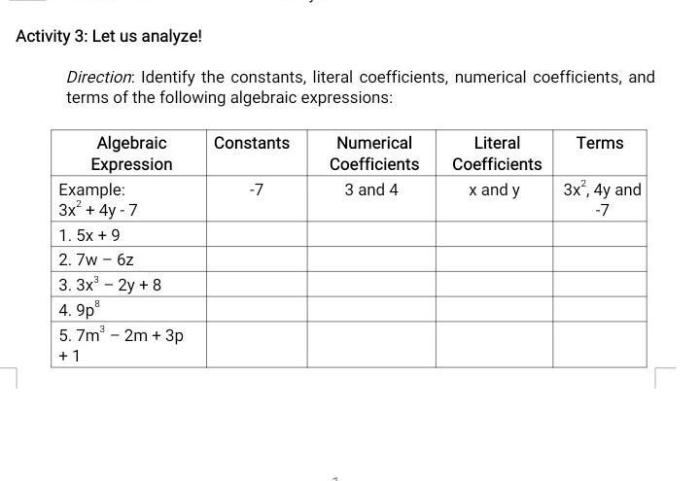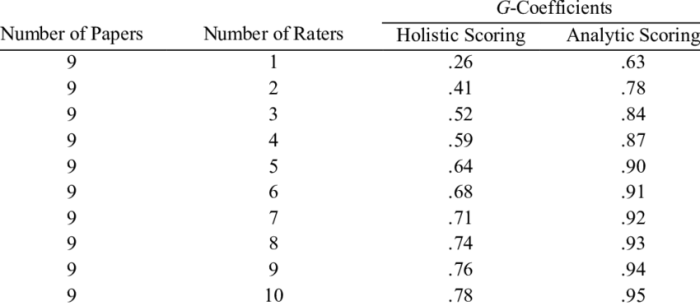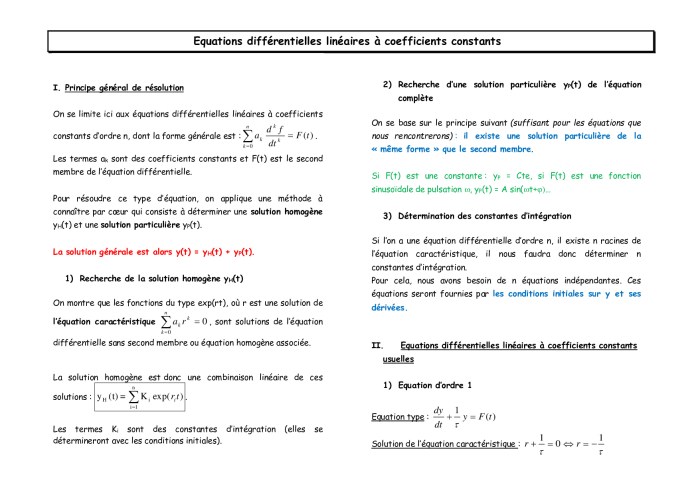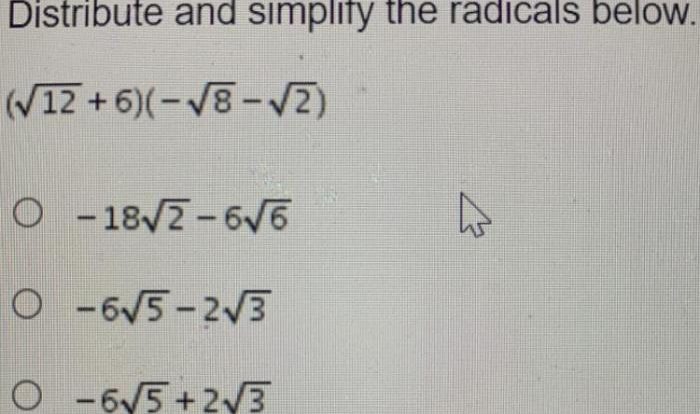G+12+9g terms coefficients and constants – Coefficients and constants play a pivotal role in shaping the behavior of G+12+9g terms, influencing their magnitude, direction, and overall mathematical properties. This exploration delves into the significance of these elements, examining their impact on the structure, evaluation, and applications of G+12+9g terms.
The intricate relationship between coefficients, constants, and the overall equation governs the behavior of these terms, making them essential components for understanding and manipulating mathematical expressions.
Coefficients and Constants
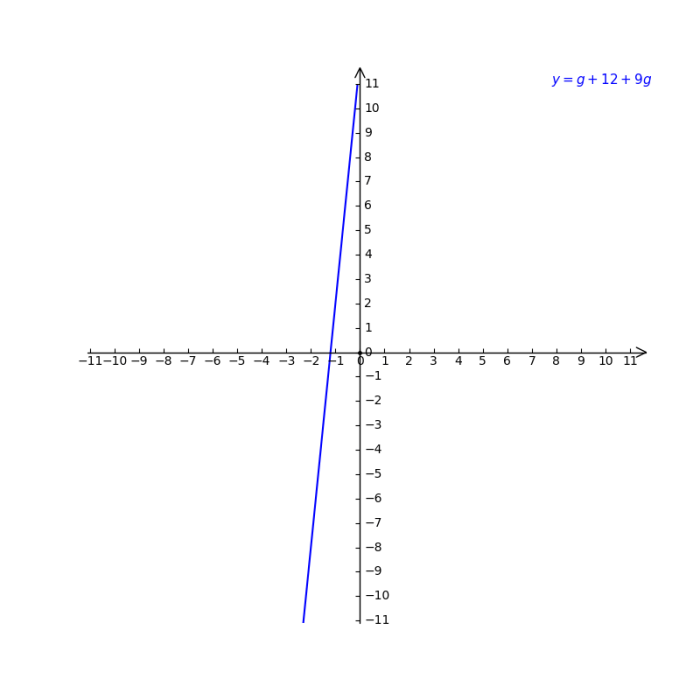
In G+12+9g terms, coefficients and constants play significant roles in shaping the behavior of the term. Coefficients, represented by numbers, determine the magnitude and direction of the variable, while constants, represented by non-variable terms, establish a fixed value or offset.
For instance, in the term 3x+5, 3 is the coefficient of x, indicating that the variable x is multiplied by 3. The constant 5 represents an additional value of 5, regardless of the value of x. Coefficients can be positive or negative, affecting the sign and slope of the term’s graph.
G+12+9g Term Structure
A G+12+9g term consists of three components: G, 12, and 9g.
- G: This represents the variable, which can be any mathematical expression, such as x, y, or a more complex function.
- 12: This is the exponent of the variable G. It indicates how many times the variable is multiplied by itself. In this case, the exponent is 12.
- 9g: This is the coefficient of the variable G. It determines the magnitude and direction of the variable’s contribution to the term.
Applications of G+12+9g Terms
G+12+9g terms find applications in various fields, including:
- Physics:Modeling motion, forces, and energy
- Engineering:Designing structures, analyzing materials
- Finance:Forecasting economic trends, calculating interest rates
- Biology:Describing population growth, modeling disease spread
G+12+9g Term Evaluation
Evaluating a G+12+9g term involves substituting the value of the variable and performing the necessary mathematical operations.
- Substitute the value of G:Replace the variable G with its given value.
- Calculate the exponent:Raise the substituted value to the power of the exponent (12 in this case).
- Multiply by the coefficient:Multiply the result from step 2 by the coefficient (9g).
G+12+9g Term Properties, G+12+9g terms coefficients and constants
G+12+9g terms possess several key properties:
- Distributive property:Coefficients can be distributed over the variable and the exponent.
- Associative property:Coefficients can be grouped and rearranged without affecting the value of the term.
- Commutative property:The order of the variable and the exponent does not affect the value of the term.
FAQ Corner: G+12+9g Terms Coefficients And Constants
What is the significance of coefficients in G+12+9g terms?
Coefficients scale the variable, determining the magnitude and direction of the term.
How do constants affect the behavior of G+12+9g terms?
Constants represent fixed values that shift the term vertically, influencing its position on the number line.
What is the relationship between coefficients, constants, and the overall equation?
Coefficients and constants work together to define the equation’s slope and intercept, determining its overall shape and behavior.
